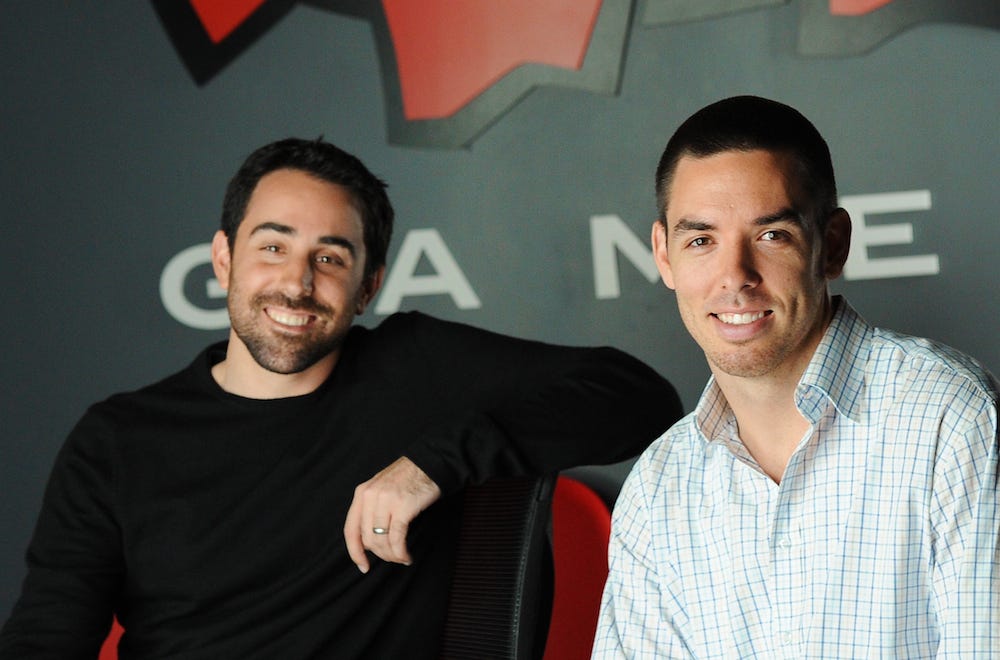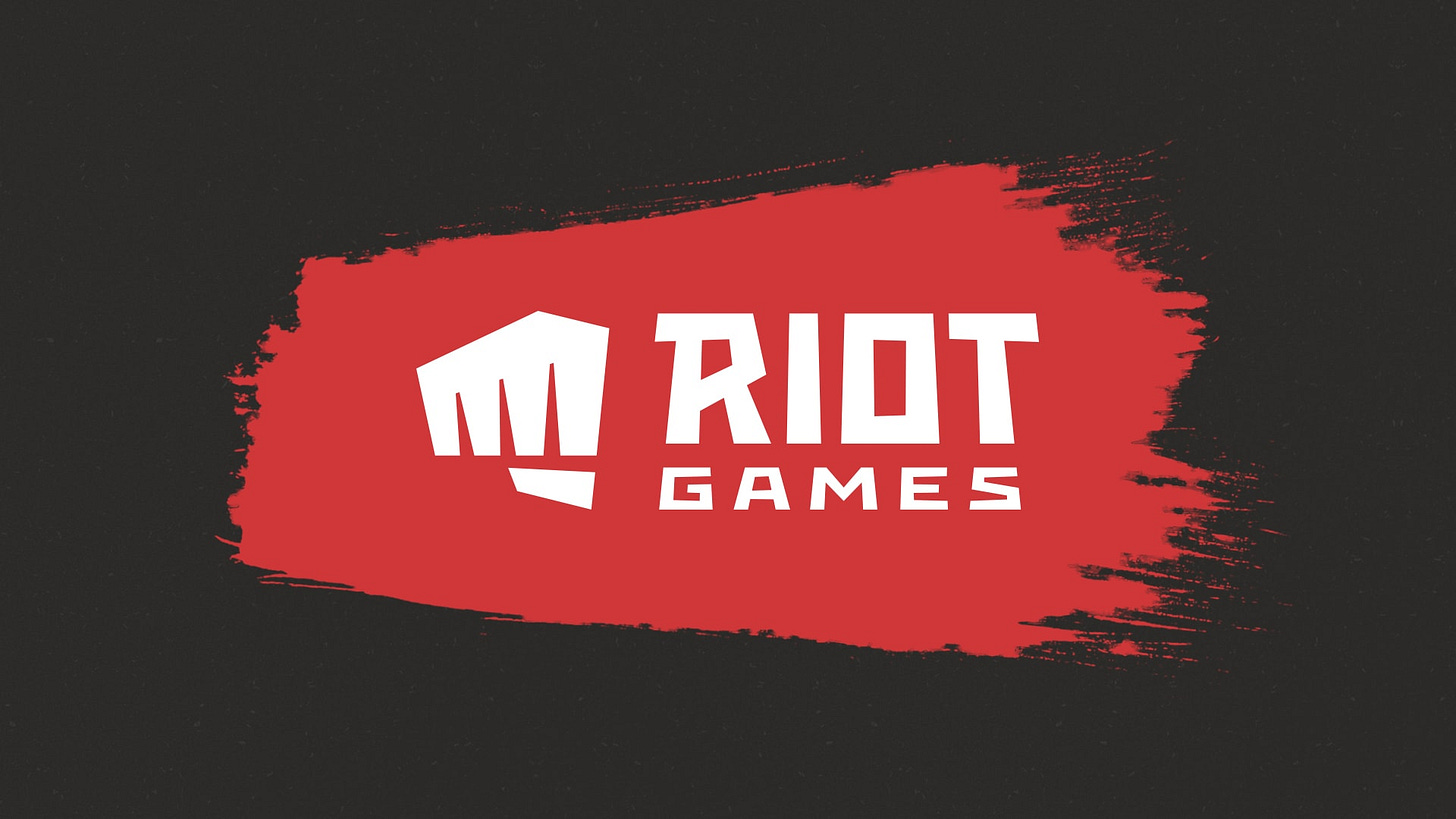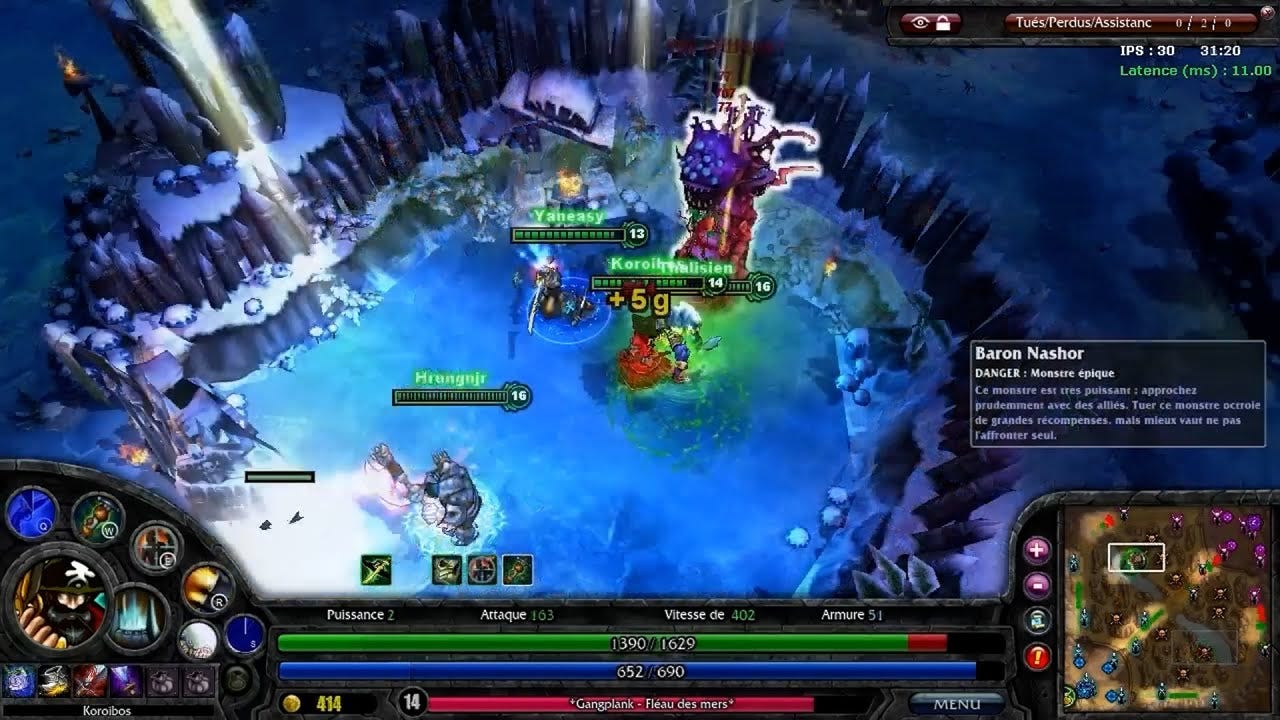Welcome back the last part of our two-part series where we take a deep dive into Arcane. Season two just released and we will be examining the game behind the hit Netflix Original. from Gamedev Relay is a talented journalist and is going to break down the history of League of Legends. I will be tallying up the final scores over on his feed so once you finish here, head on over, subscribe to his feed, and check out my post!
Deep Dive into League of Legends History
Hello friends,
Today I wanted to take you deep into the history of the game that started it all and the one that I’ve been playing for the past 15 years with no end in sight 😅 As it really is an amazing story.
Strap in and let’s get started!
🧑🤝🧑 Founders
Brandon "Ryze" Beck and Marc "Tryndamere" Merrill met in a summer program right before college and both had a huge passion for games which served as a cornerstone of their connection. Both had very strict families growing up and were quite heavily criticized for their love of video games, but it didn’t discourage them from pursuing their dreams.
Together they played a lot of competitive games like Counter-Strike, Starcraft, WoW, and most importantly Dota which obviously made a huge impact on their future endeavour. The game itself (or rather the mod) was very exciting, even though it loaded very slow and the matchmaking was almost non-existent, meaning that you could be playing with someone who’s 1000 times better than you and the opposite was just as likely to happen. But it highlighted a very important point for the young gamers.
Games as a service are something that could work and players don’t mind the long installation process, complex mechanics and even technical difficulties sometimes as long as the experience is worthwhile.
The last interesting piece about them is that both Brandon and Marc are still there and still leading the company into the future. Currently, they occupy the positions of co-chairman at Riot Games and each of them has a net worth of about $200 million dollars and their business venture is valued at around $21 billion. Not bad, right? Not bad at all.
🦖 How it all began
The MOBA genre sounded compelling enough for the young entrepreneurs to spend 9 months coming up with a plan to build their own game and a company to go with it.
They wanted to build a company that embraces hardcore gamers. Even when everybody was saying that this was very niche and the community was small, the founders believed in the opposite of that. They thought that the amount of players out there who preferred these types of games was much bigger than everybody thought and that this was the audience they wanted to cater to and solve the problems that no other company could solve at that point.
With that in mind and the funding they’ve managed to pull from their families and some angel investors, Riot Games was born in 2006 in West Los Angeles, California!
⚙️ The First Demo
According to the founders, the company essentially started with a bunch of very passionate, very smart and very inexperienced interns and a couple of industry vets who hadn’t had a lot of professional success. And they had a lot of work to do in a very short time because a big demo was coming up.
Marc and Brandon first demoed the game on a laptop on the screen of San Francisco and it looked like this 👇
As you can see, it all looks very bad. The game itself was clunky, the interface was a disaster and the art was horrible. But this is work that the team has managed to pull off in only 3 months. And it’s pretty impressive, to say the least!
Over the next month, the team would write a tremendous amount of code from a better interface to matchmaking, inventory, champion selection and everything else that would motivate all those Dota and Warcraft hard-core players to turn to this game.
🦸The Heroes
So, in order to motivate them, Riot Games decided to make it all about heroes and champions.
So the team spent the next year and a half browsing through pop culture, history and folklore to come up with the first 40 characters that they augmented with their own unique view. They tried to cover a wide enough cast of characters to make sure that every person who joins the game can find something unique that kind of represents them in the elaborate world.
🎭 First Users and Beta
After all the development, the company was eager to show the game to the real players, mainly because they were trying to figure out if the game sucked or not 😅
And the first time it happened was during Pax 2009 in Seattle. The goal was to connect with individual players and ask them for feedback face-to-face. And all things considered, it went great with feedback like the following:
It handles a lot like Dota.
This looks like it’s not just going to be a mini game, this is an actual solid game.
I wasn’t expecting to enjoy it this much, as I’m not generally good at multiplayer games.
The feedback that they’ve collected was enough proof that this game is actually going to make a difference.
🚀 Launch Party!
After 3 years without making any revenue, the company was ready to pull the trigger on the game, but they still couldn’t agree on how it was actually going to generate an income as the founders decided that they were going to make the game free to play.
According to them, there was a huge stigma back in 2009 about free games. This genre was mostly filled with really old games from Asia and the players were very skeptical of everything new. Mostly because free-to-play games were always selling power to those whose wallets were deep enough, this means that everybody with more money than you will be by default better and there’s no way you can ever outpace them. They even considered making skins with unique effects that would give different powers to the players.
But all these ideas were discarded because the founders believed in gameplay equality, so to speak. They wanted everybody to have the same chances of success, so the decision was made to stick only to cosmetics and launch the game as is.
That being said, the online shop decided to break a week before the big release 😅 But it’s nothing a 100-hour work week can’t fix, right?
🌋 The Hiccup
And then the game was LIVE!
It launched in both North America and Europe with Riot Games partnering with another publisher to keep everything on track.
But the players quickly became furious, especially the ones that were playing from Europe. The servers were constantly down, the wait time was enormous and the store was working on and off all the time. Riot Games tried their best to put out as many fires as possible and everybody in the head office was constantly running around fixing stuff. And things slowly started to stabilize in North America.
In Europe though, the company continued to struggle. Both founders distinctly remember the moment they realized they needed to make a change with their partners at the time.
It all culminated during a particular weekend when the servers went down at like 11:45-11:50 local time in France and we actually can’t get anyone who can restart the servers until Monday morning.
Fortunately, Riot was able to get out of their deal and then launch Riot Europe as they saw fit.
And that’s how the game got started! If you want to know more details, please let me know and I’ll be happy to cover the rest of the story.
Cheers,
Alex from 🎮 GameDev Relay!
Subscribe to Gamedev Relay
A weekly newsletter where I share news and rumours about Game Development, exciting games across different platforms (sometimes even movies), and my amazing journey as a freshly minted Creator, Producer, and Software Tester!








